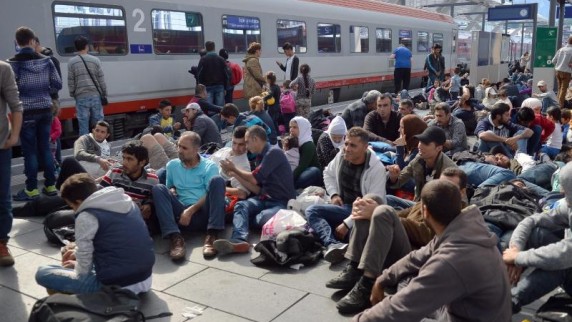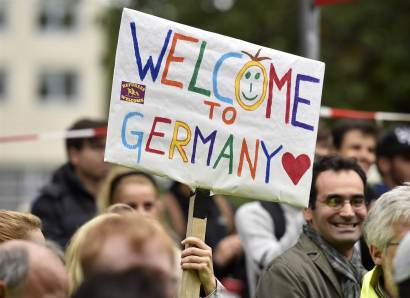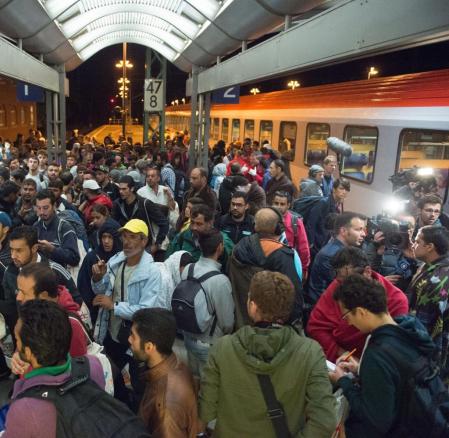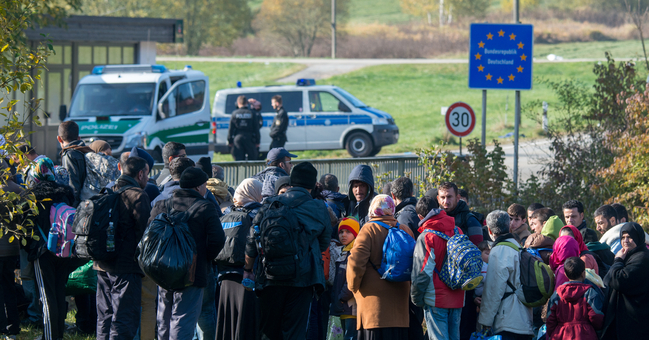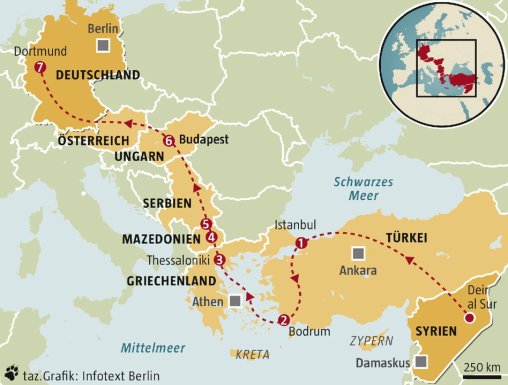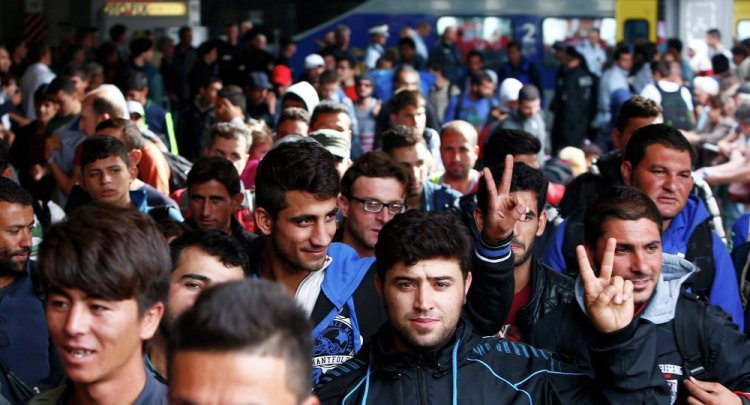By Brian Casey McDermott

Haaretz
5 Current Situation in Germany
The year 2015 was a huge year for the number of refugees arriving in Germany. Germany saw an influx of four times the amount of refugees compared with 2014 (Reuter, 2015). The total amount of refugees was just over one million people (Reuter, 2015). Germany has become the second most popular immigration destination after the United States in the entire world and has become the target destination for the largest number of refugees arriving in Europe (Wisdorff, 2015). With this large influx of new people with different languages and cultural backgrounds the opinion of the local population is split. Some Germans are against the coming of the refugees due to various reasons including the perceived loss of jobs, the potential clash of their cultural norms with those of the refugees, and many of them wish for things to stay the way that they already are and do not want that to change with the emergence of these new people (Reuter, 2015). The German political parties in regards to this situation are split. The AFD (Alternative für Deutschland) has strictly stated that they are against the way refugees have been accepted in Germany and want very strict regulations on how to keep more from coming into their country (http://www.spiegel.de/politik/deutschland/afd-in-der-fluechtlingskrise-der-angstmacher-von-erfurt-a-1056367.html).
A more extreme example of wanting to keep refugees out of Germany would be when the group PEGIDA (Patriotische Europäer gegen die Islamisierung des Abendlandes), which has notoriously protested against refugees coming into Germany, publicly supported a mob that blocked a bus full of a group of refugees arriving in their town. There are also the news articles that talk about how the year 2015 was just the first wave of refugees and that the 2016 should bring many more. For example, an article which appeared in the Preussische Allgemeine Newspaer claimed that there would be a number closer to five times more, five million as compared to 2015’s number of about one million total refugees, who would be ”pouring” (”einströmen”) into Germany. Even the usage of such vocabulary shows the way in which such newspaper articles want to show the refugee situation as compared to flood or overwhelming force of people arriving into the country (http://www.preussischeallgemeine.de/nachrichten/artikel/kommen-2016-fuenf-millionen.html).
On the other hand some Germans are in favor of the arrival of the refugees and their potential integration into the mainstream German society and work-force. A good example of that would be The Green Party (die Grüne Partei). They argue that Germany needs to have less bureaucratic red tape in order to allow refugees easier access into German society and its economic system (https://www.gruene-bundestag.de/themen/integration.html).
They want to get rid of regulations that potentially withhold such things from the refugees in order to be able help the refugees get out of difficult and life threatening situations they were facing before their arrival in their home countries while helping their transition to be as smooth as possible into Germany’s society. They argue further that Germany will be able to make up for the record low birth rates that they as a country have been experiencing in past years and that these gaps (especially for the working class) will be able to be filled for the future through the help of the refugees and their potential offspring (Polke-Majewski, 2015). In the Süddeutsche Newspaper there is an article with eleven reasons that show why the arrival and integration of the refugees into German society will be a benefit for Germany in the long run (http://www.sueddeutsche.de/wirtschaft/zuwanderung-elf-zahlen-die-zeigen-was-fluechtlinge-bringen-1.2623549).
__________________________________________
Contents
2 Traditional Concept of Single Cultures
2.1 Welsch’s Critique of The Traditional Concept of Single Cultures
3 Interculturality and Multiculturality
3.1 Interculturality and Welsch’s Critique
3.2 Multiculturality and Welsch’s Critique
5 Current Situation in Germany
